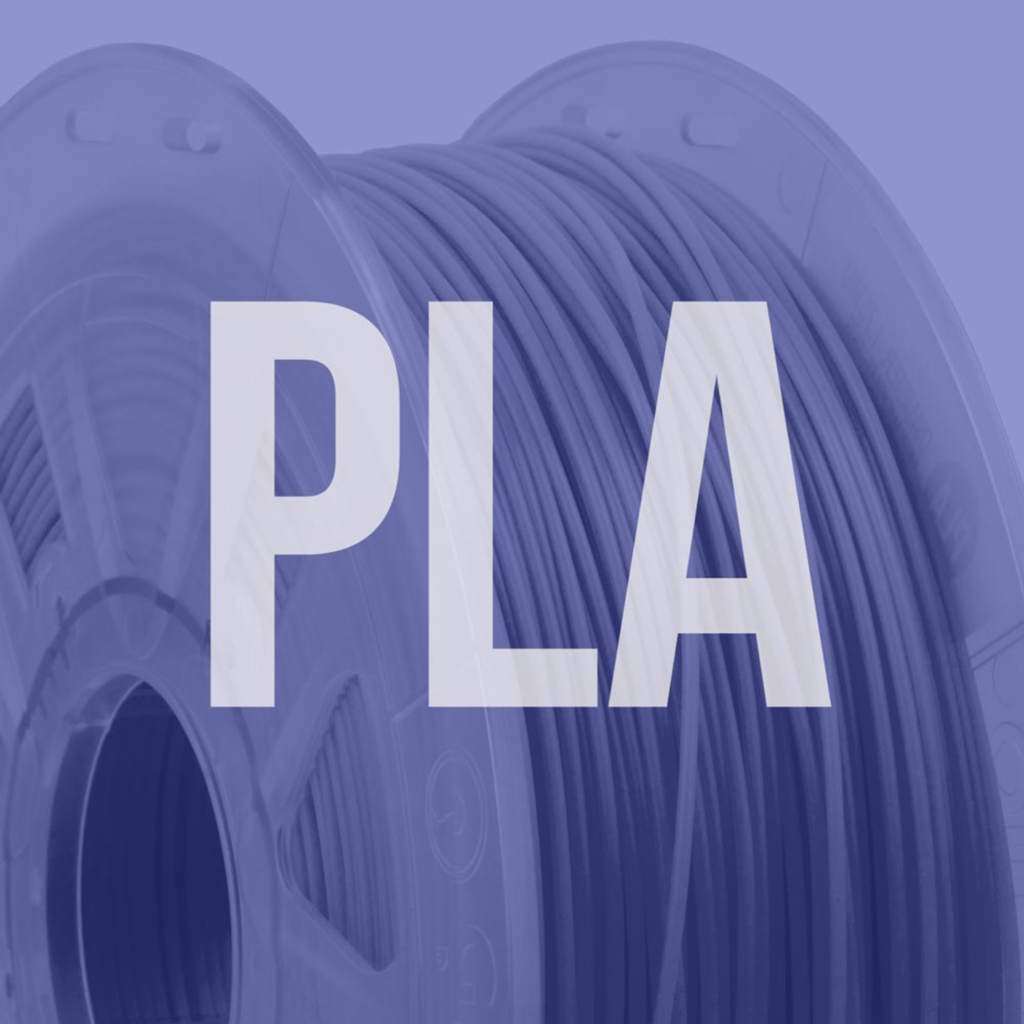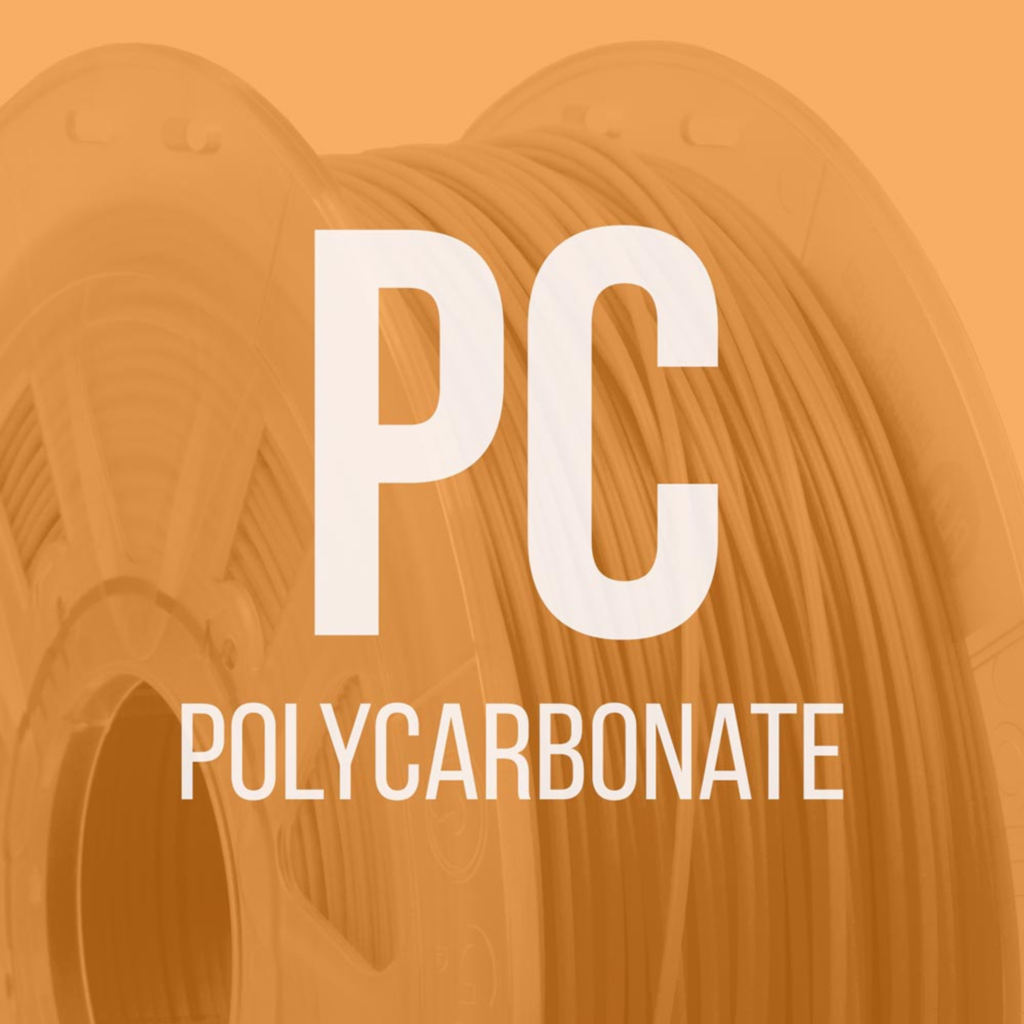3D Printing Materials | Ultimate guide by Altra3D
- Altra3D Help Center
- 3D Printing Training
- 3D Printing Materials | Ultimate guide by Altra3D

The Ultimate Guide to 3D Printing Materials: PLA, PETG, ABS, TPU, Polycarbonate, and Resin, your best resource to determine which material is the best for you
At Altra3D, we are proud for offering AI-enabled 3D printing services with a wide variety of materials to choose from. Whether you’re a hobbyist or a professional, selecting the right material for your project is crucial. In this guide, we’ll delve into the properties, strengths, applications, and best use cases for six popular 3D printing materials: PLA, PETG, ABS, TPU, Polycarbonate, and Resin.
Explore our service providers and choose the best option for your needs here.

1. Polylactic Acid (PLA)
Properties
- Strength: Moderate
- Max Heat Endurance: 60°C (140°F)
- Ease of Printing: Very easy
- Flexibility: Low
- Environmental Impact: Biodegradable
Applications
- Prototyping
- Toys
- Decorative items
- Household items
PLA is one of the most popular materials due to its ease of use and environmental friendliness. It’s perfect for beginners and works well for a variety of applications that don’t require high heat resistance or mechanical strength.
This material is available with the following service providers:

2. Polyethylene Terephthalate Glycol (PETG)
Properties
- Strength: High
- Max Heat Endurance: 75°C (167°F)
- Ease of Printing: Easy
- Flexibility: Moderate
- Environmental Impact: Recyclable
Applications
- Mechanical parts
- Food containers
- Medical devices
- Outdoor applications
PETG combines the ease of printing of PLA with the strength and durability of ABS. It’s ideal for products that require flexibility and durability, such as mechanical parts and food-safe containers.
This material is available with the following service providers:

3. Acrylonitrile Butadiene Styrene (ABS)
Properties
- Strength: High
- Max Heat Endurance: 100°C (212°F)
- Ease of Printing: Moderate
- Flexibility: Low
- Environmental Impact: Non-biodegradable
Applications
- Automotive parts
- Electronic housings
- Toys (e.g., LEGO)
- Prototypes
ABS is known for its toughness and impact resistance, making it suitable for industrial applications. However, it requires a heated bed and good ventilation due to the fumes released during printing.
This material is available with the following service providers:

4. Thermoplastic Polyurethane (TPU)
Properties
- Strength: High
- Max Heat Endurance: 80°C (176°F)
- Ease of Printing: Moderate
- Flexibility: Very high
- Environmental Impact: Non-biodegradable
Applications
- Flexible connectors
- Wearable items
- Phone cases
- Shock absorbers
TPU is a flexible, rubber-like material that is perfect for applications requiring elasticity and impact resistance. It can be a bit tricky to print with, but the results are well worth it for products that need to bend and stretch.
This material is available with the following service providers:

5. Polycarbonate (PC)
Properties
- Strength: Very high
- Max Heat Endurance: 110°C (230°F)
- Ease of Printing: Difficult
- Flexibility: Moderate
- Environmental Impact: Non-biodegradable
Applications
- High-strength parts
- Transparent parts
- Electrical components
- Prototyping
Polycarbonate is one of the strongest 3D printing materials available, known for its durability and heat resistance. It’s suitable for industrial applications that require high performance under stress.
This material is available with the following service providers:

6. Resin
Properties
- Strength: Varies (High for engineering resins)
- Max Heat Endurance: Varies (High for heat-resistant resins)
- Ease of Printing: Easy to moderate (depends on resin type)
- Flexibility: Varies
- Environmental Impact: Non-biodegradable
Applications
- Dental models
- Jewelry
- Miniatures
- Prototypes
Resin printing, used in SLA and DLP printers, offers high detail and smooth surface finishes. There are various types of resins, including standard, tough, flexible, and castable, each suited for different applications.
Comparison Table
Material | Strength | Max Heat Endurance | Ease of Printing | Flexibility | Common Applications |
|---|---|---|---|---|---|
PLA | Moderate | 60°C (140°F) | Very easy | Low | Prototyping, toys, decorative items |
PETG | High | 75°C (167°F) | Easy | Moderate | Mechanical parts, food containers |
ABS | High | 100°C (212°F) | Moderate | Low | Automotive parts, electronic housings |
TPU | High | 80°C (176°F) | Moderate | Very high | Flexible connectors, phone cases |
(PC) Polycarbonate | Very high | 110°C (230°F) | Difficult | Moderate | High-strength parts, electrical components |
Resin | Varies | Varies | Easy to moderate | Varies | Dental models, jewelry, miniatures |
Selecting the right material for your 3D printing project can significantly impact the quality and functionality of your final product. Whether you need something flexible, heat-resistant, or simply easy to print, Altra3D’s service providers have you covered. Visit our 3D printing service providers to find the perfect match for your project.

